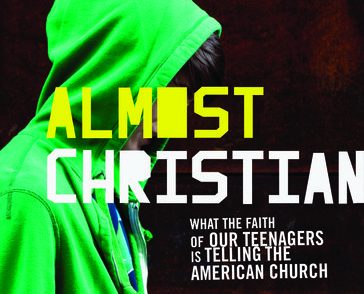John Wesley believed true Christian disciples made fasting integral to the life and faith. To not fast was to not be a Christian in his mind. I’ve always found this a bit perturbing since my idea of fasting is to skip an afternoon snack. But for Wesley, to not take fasting seriously as a core spiritual practice was to not take Jesus seriously.
Therefore I was intrigued when, back in December, a friend of mine introduced me to what he thought was a new weight loss miracle, the 5:2 Plan. This program is not so much of a diet, though many use it to lose weight, but rather it is more of a health plan that includes intermittent fasting at its core. The 5:2 Plan follows a weekly pattern of eating regularly five days a week and then twice a week fasting for 18 hours. Typically the fast goes from 4 pm one day to 10 am the next day. As I read more and more about the 5:2 Plan, the more I realized there was nothing new about this type of fast at all. John Wesley followed a similar pattern of fasting that he believed was rooted in early church practices.
Wesley describes his understanding of the practice and benefits of fasting quite extensively in Sermon 27, “Upon Our Lord’s Sermon on the Mount: Discourse Seven.” In this sermon Wesley describes fasting in great detail and I only want to pick out a number of points that jumped out at me.
First, Wesley followed the ancient Christian practice of fasting on Wednesdays and Fridays, not eating until 3 pm. Second, fasting specifically entails giving up food, not just a type of food. To avoid particular kinds of foods such as “pleasant food” is a form of abstinence as opposed to fasting. He encourages abstinence for some, but most he encourages to follow his practice of not eating until 3 pm. Advocates of the 5:2 Plan propose today that intermittent fasting, which is what Wesley did, is healthy in a number of ways, such as getting the body to process nutrients better. But for Wesley, the purpose of fasting was not to lose weight or to be more physically healthy. This relates to a third point, that Wesley believed fasting was crucial for the spiritual health of Jesus’ disciples. Wesley believed that Jesus’ assumption that Christians will fast in Matthew 6:16 should be read by Christians as a command. Jesus says “when you fast”, not “if” we fast. Therefore, Wesley argued, fasting should be a core Christian practice.
I wonder, was Wesley correct? Must we fast as followers of Jesus? Or is fasting simply an option for us to embrace or ignore based on our preferences?
Do I need to see this ancient practice as integral to my life of faith apart from which I will find it hard, perhaps impossible, to receive God’s blessings as Wesley describes?
What about you? How has fasting been a blessing or a burden to your spiritual life? How do you engage Wesley’s sermon? I would love to hear your thoughts and comments.

